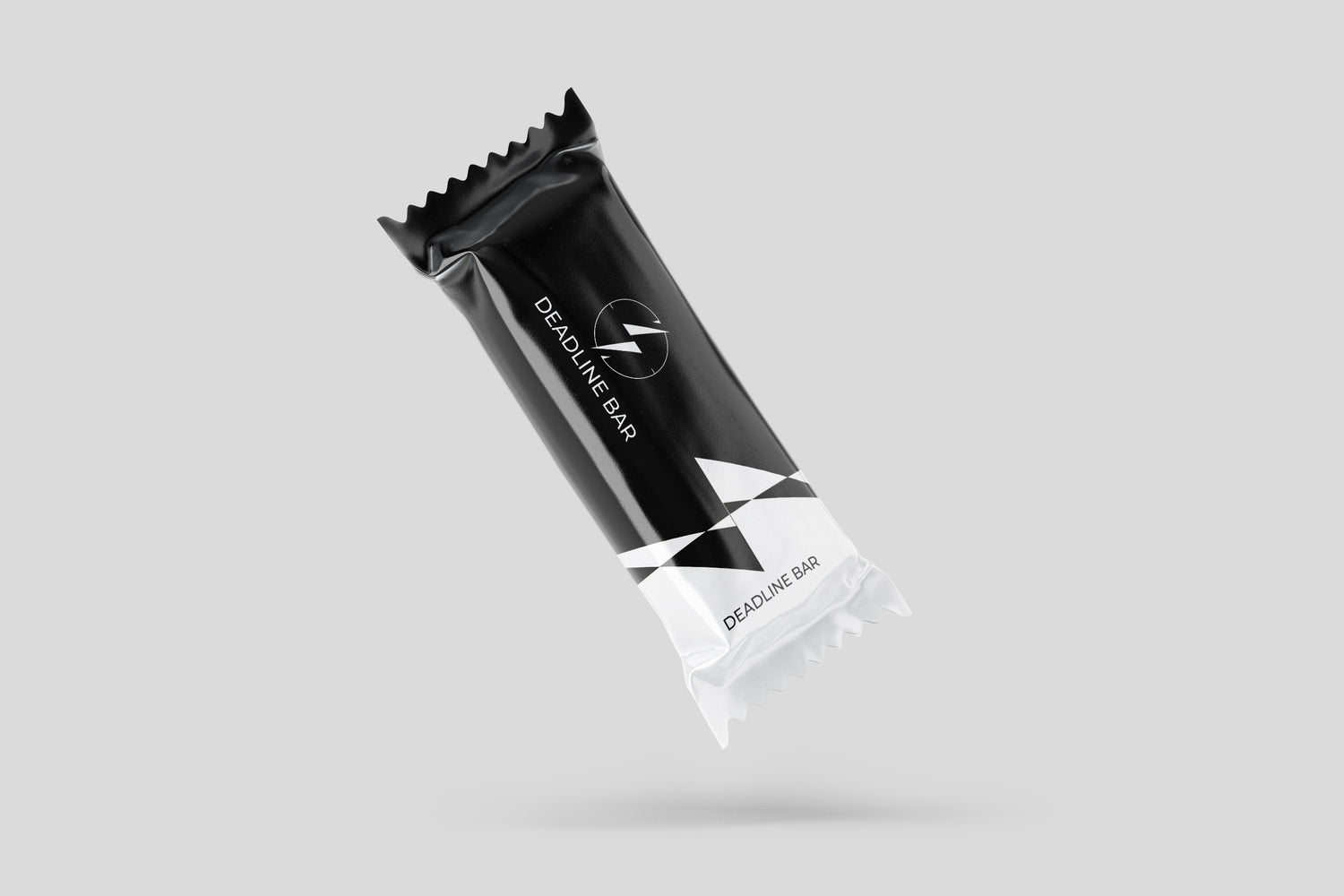If you've ever participated in an endurance race or heard runners talk about their pre-race meal, chances are you've come across the term "carb loading." But what exactly is carb loading, and why do athletes do it? In this blog post, we'll dive into the science behind carb loading and its benefits..
What is Carb Loading?
Carb loading, short for carbohydrate loading, is a strategy used by endurance athletes to maximize the amount of glycogen stored in their muscles. Glycogen is a primary fuel source that your body taps into during prolonged periods of exercise, particularly activities lasting longer than 90 minutes. Carbohydrates, when consumed, are broken down into glucose, which is either used immediately for energy or stored as glycogen in the muscles and liver.
During endurance events like marathons, triathlons, or long-distance cycling, athletes rely heavily on their glycogen stores for sustained energy. However, these glycogen stores are limited, and once depleted, athletes experience fatigue, commonly referred to as "hitting the wall" or "bonking." Carb loading is designed to delay this depletion, allowing athletes to maintain their energy levels for longer periods of time.
How Does Carb Loading Work?
Carb loading typically involves adjusting an athlete’s diet in the days leading up to an event. The process can be broken down into two phases:
-
Depletion Phase (optional): Some athletes will reduce their carbohydrate intake and increase training intensity for a few days (usually 3-4) before carb loading. This approach depletes glycogen stores, preparing the body to "supercompensate" by storing more glycogen when carb intake is increased. However, recent research suggests that the depletion phase is not always necessary, and many athletes skip this step.
-
Loading Phase: About 3-6 days before the event, athletes significantly increase their carbohydrate intake, aiming for about 70-80% of their total caloric intake to come from carbohydrates. This phase of carb heavy macro distribution fills up the body’s glycogen reserves, providing a large energy reservoir for the event.
Benefits of Carb Loading
Carb loading is particularly beneficial for endurance events lasting longer than 90 minutes. Some of the key benefits include:
- Enhanced endurance: By maximizing glycogen stores, athletes can maintain a steady energy supply throughout their event, reducing fatigue and enhancing endurance.
- Delayed fatigue: Carb loading helps delay the depletion of glycogen stores, which means athletes can push harder and longer before hitting the wall. The longer you can stave off discomfort the better. As Shane Jernigan, a former U.S Special Operations Army Ranger, current para-sport athlete, and certified badass who is no stranger to pain puts it in his article Don't Run From Pain...Embrace It "Activity takes your mind off of pain. Climbing a mountain hurts no matter what, but it's better to be in pain on top of a mountain with a body full of endorphins and oxytocin than laying in bed excreting cortisol from the stress of conscious pain". By being at the top of your game mentally, you'll have more control over the little voice in the back of your head telling you to quit due to discomfort.
- Improved performance: Studies have shown that athletes who carb load before endurance events often perform better, sustaining higher energy levels and faster times.
Summary
Carb loading is a great way to make sure you have the energy needed for sustained strenuous activity. By consuming more carbohydrates in the days leading up to your event, you can maximally load your glycogen stores to help delay fatigue. If you're looking for a delicious and convenient way to carb load, check out Deadline Bars. Packed with oats and other natural ingredients to help you reach your active goals!


